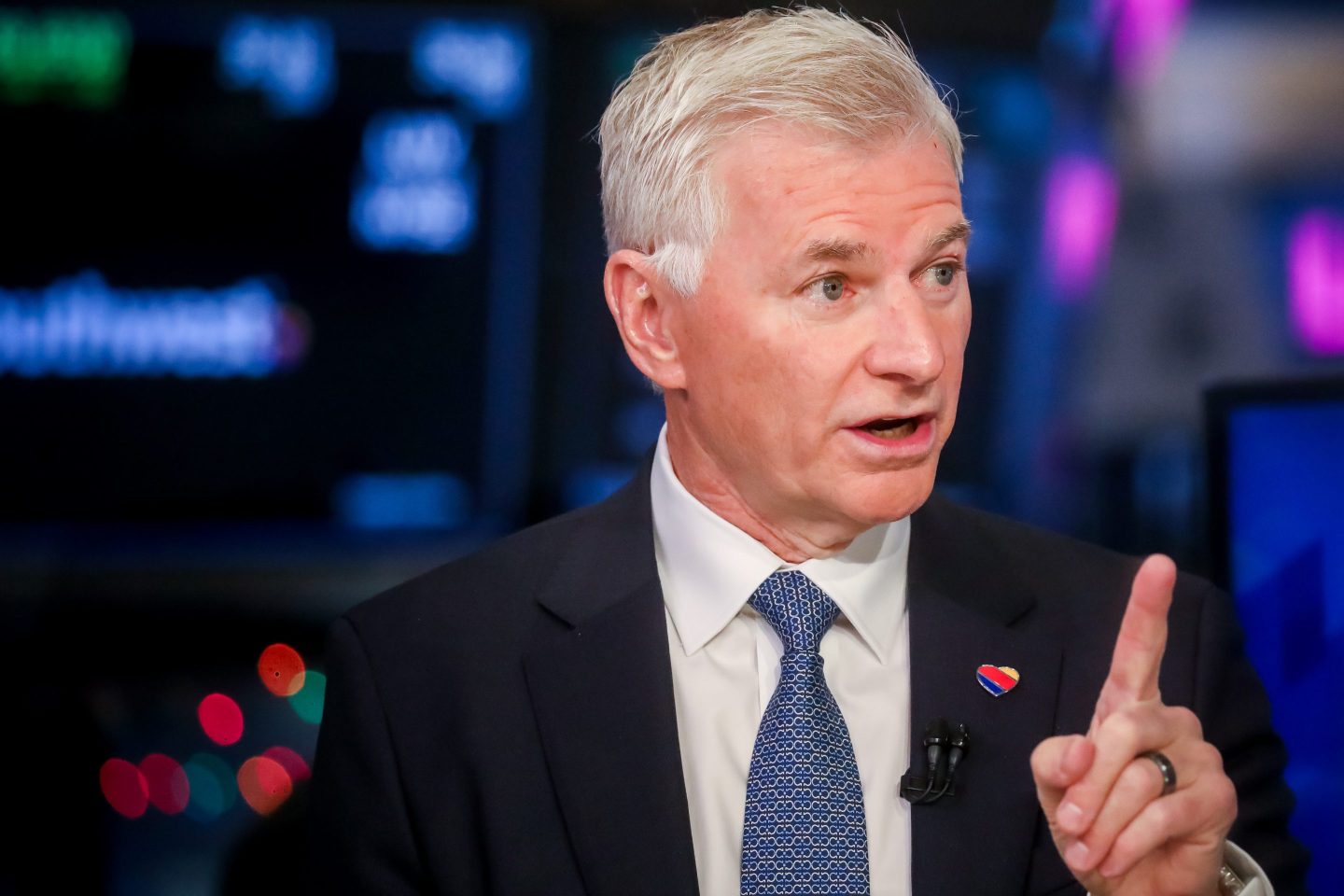Depressed oil prices are likely to linger longer as analysts dropped their predictions further for next year, according to a Reuters poll, assuming OPEC will not cut output when it meets on Friday.
The average price forecast for benchmark North Sea Brent crude futures for 2016 at $57.95 a barrel is 57 cents below last month’s poll, the survey of 31 analysts showed.
Analysts surveyed by Reuters have become increasingly bearish as the year has worn on. Six months ago, the monthly poll showed they expected Brent to average $70.90 next year and they have cut their estimates every month since then.
OPEC is determined to keep pumping oil vigorously despite the resulting financial strain even on the policy’s chief architect, Saudi Arabia, alarming weaker members who fear prices may slump further towards $20.
Standard & Poor’s rating agency forecasts Saudi Arabia’s budget deficit will rocket to 16% of GDP in 2015 from 1.5% in 2014.
But analysts said a cut from OPEC would be highly unlikely, given its pressure on non-OPEC producers to curtail output.
“We are seeing capex reductions with oil companies in 2015 and 2016 and, secondly, the lower oil price environment has arrested the growth of U.S. shale supply,” BNP Paribas analyst Harry Tchilinguirian said.
“There is no reason for Saudi Arabia to change its strategy because it’s working and needs to continue this a little while longer in order to entrench the gains it has achieved.”
Analysts say OPEC will not reevaluate its policy before mid-2016 when it has a scheduled meeting.
Oil demand growth will be subdued compared to last year, analysts said.
“Declining demand growth should keep inventory withdraw rates rather tepid, prolonging the period required for the industry to absorb the multi-year high stockpiles,” said Giorgos Beleris, analyst from Thomson Reuters’ Oil Research and Forecasts.
U.S. crude is expected to average $53.73 a barrel next year, compared with last month’s forecast of $54.4. West Texas Intermediate crude has averaged $49.95 so far in 2015.
Nine of the 29 respondents that participated in last month’s poll lowered their forecasts this month for the outlook for Brent crude oil prices in 2016.
Bernstein had the highest 2016 forecast for Brent at $86 a barrel while Natixis had the lowest at $48.50.












